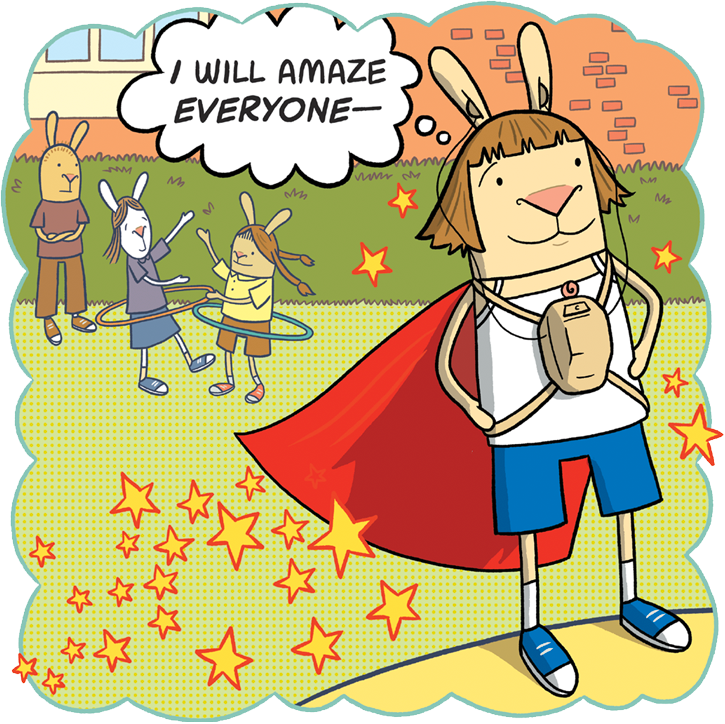Graphic medicine is the use of comics to tell personal stories of illness and health.
The combined language of words and pictures that is the comic medium gives approachability and emotional impact to these personal stories, and even to the clinical data they sometimes include.
Comics combine the explicit meaning of words and symbols with the abstract expressiveness of art to create the unique, multi-layered language of comics. When reading (or creating) comics, the text and images work together to create meaning that neither conveys alone. Other common aspects of this storytelling language used by comics include visual metaphor, combined or altered symbols, and humor.
Graphic medicine communicates the author’s personal experience of illness and health, as the art adds subjective, emotional impact. The author’s internal, individual viewpoint balances the external, clinical realm of medical symptoms and diagnoses. Additionally, for other patients who share that health issue, it’s a way to have company and share information.

An intrinsic part of being a patient is dealing with the health care system, which is represented in some examples of graphic medicine. For health professionals, family, and the public, the insight provided by these stories can offer valuable feedback to health care providers and promotes effective treatment.
Taking care of someone with a health issue is a story in itself. Health professionals, family, and friends form a network around a patient and their illness and treatment. Personal memoirs by caregivers show the emotional and logistical complexities that stem from the diverse relationships, roles, and perspectives.
Infographics of specific clinical information can be folded seamlessly into a story, expanding on the author’s subjective experiences. Learning about illness and treatment can be an effective coping and healing strategy for the author, and sharing that information with readers can transform a negative experience into a positive one.







